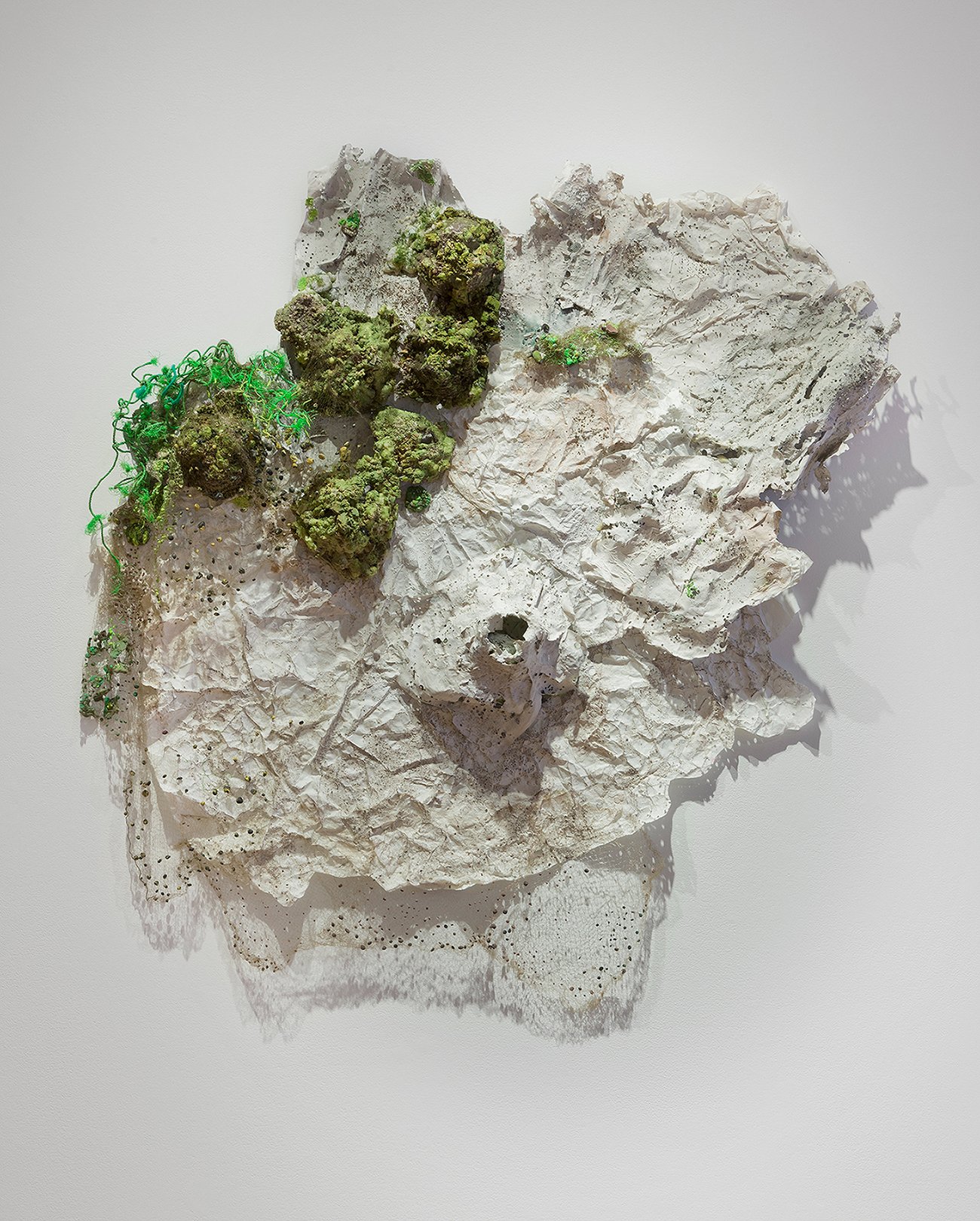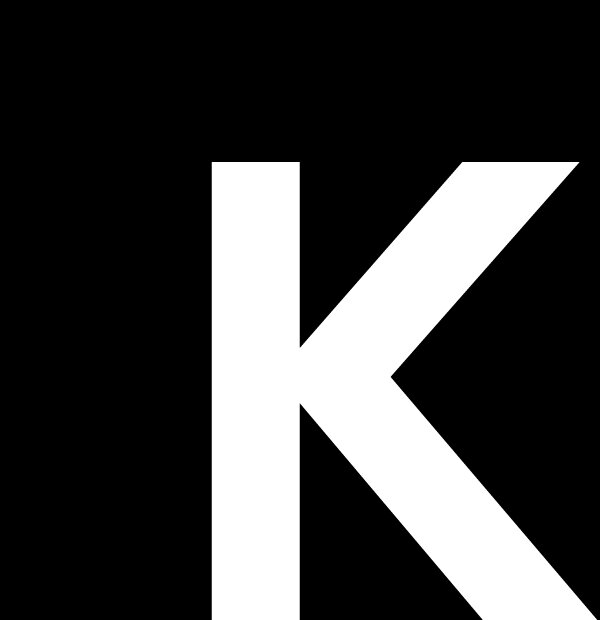Rhonda Smith: Undiscovered Country
October 30–December 1, 2024
Opening Reception: Friday, November 1, 5–8pm
An Afternoon with Rhonda Smith: Saturday, November 9, 2–4pm
Artist Talk: Saturday, November 16, 2pm
Exhibition view: Rhonda Smith: Undiscovered Country, Kingston Gallery, Boston, 2024. Photo: Will Howcroft
Artist Statement
Looking within myself there are always uncharted territories, the psychic, physical, and spiritual kinds. These unmapped areas can branch into even less familiar geography, a continual motion towards the unknown. Because of the newness of the uncharted, and sometimes its concomitant, intuited resonance, it is possible to create, to change, to develop. Nature is the outer to my inner, though it has its own unseen realm of secrets and complex reactions. My sphere of existence can meet nature if I am willing to suspend my own state and synchronize with its diverse ways of being. Something I have seen a hundred times, like a hummingbird visiting the deep purple of the hyssop flower, can open a completely new passageway in my neurons. This is not permanent; I must give myself every time by suspending my assumptions. Yet my inner world changes because of this life affirming meeting.
I am absorbed by what appears and disappears and the essence of an experience so vivid that it may abide. I am also transfixed by the moment we are in historically: the disappearance of species and places, and because of these appalling absences, the awakening to the vitalizing undiscovered country of nature and even ourselves. Perhaps humans will disappear. This never fails to shock me, but I feel that nature was never to be under our dominion, but in our protecting stewardship. Yet there is a sliver of hope for the appearance, too, of a better humankind. We really are in undiscovered country.
I need the touch of my hands. The hands working are the instruments that pull from the deep what I have read, seen, heard, and felt. I will have initial ideas or impulses towards making a piece, but they are skeletal at best; the real substance arises in listening to what the hands transmute; this is an accumulation of influences: sea tales, myths,various poems, the industrial and natural, medieval images, contemporary photos, and statistics. I have uncovered one or several of these influences during the making of each piece. The objects in this show are composed of clay, papier-mache, cloth, threads, resin, wood, and metal, a mix I delight in. I have shaped, hammered, molded, lashed,knotted, and sewn. These actions by themselves are deeply satisfying.
In ensemble the objects become appearance and disappearance. I am increasingly and so often disconcertedly aware that we stand on a crumbling surface and only my capacity to be open to the undiscovered will count for anything. I am grateful that art has this quality, to point us to new territory.
For purchasing information, please contact Chloe Tomasetta.
Artist Bio
Rhonda Smith has been immersed in visual study all her adult life. She graduated from St. Lawrence University, Canton, NY, and studied at the School of Museum of Fine Arts, Boston and Cooperativa Mosaicisti, Ravenna Italy. She is currently a member of the Kingston Gallery, Boston, MA and the Pell Lucy Collective/Shim Art Network, and on the board of Transcultural Exchange. She was a painter until about seven years ago when she turned to sculpture and installation. Her work incorporates her abiding love of science, the land and water, and the sacred. The idea in science that any dynamic system can be in disequilibrium is an underlying concept in her work and process. Of particular concern now is that our planet has lost its wild spaces, we are in a continual state of displacement, and too many species have disappeared. On the other side of these tragedies is the aspiration for presence and the ineffable in any artwork. The Tibetan Buddhist concept resonates: that each phenomenon, physical or spiritual, has four levels: the outer, the inner, the secret, and the ultimately secret.

Exhibition view: Rhonda Smith: Undiscovered Country, Kingston Gallery, Boston, 2024. Photo: Will Howcroft

Exhibition view: Rhonda Smith: Undiscovered Country, Kingston Gallery, Boston, 2024. Photo: Will Howcroft

Exhibition view: Rhonda Smith: Undiscovered Country, Kingston Gallery, Boston, 2024. Photo: Will Howcroft

Exhibition view: Rhonda Smith: Undiscovered Country, Kingston Gallery, Boston, 2024.


